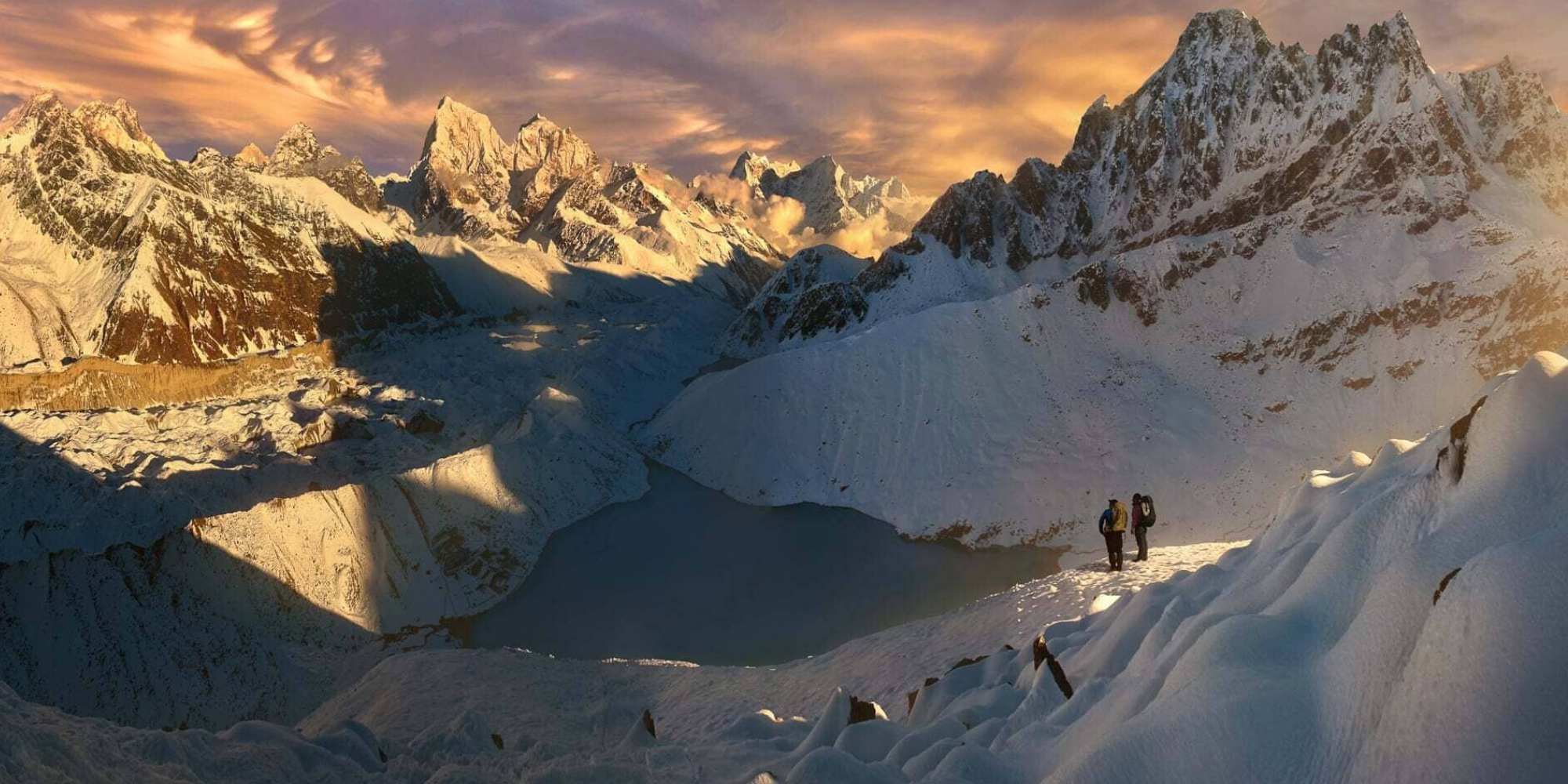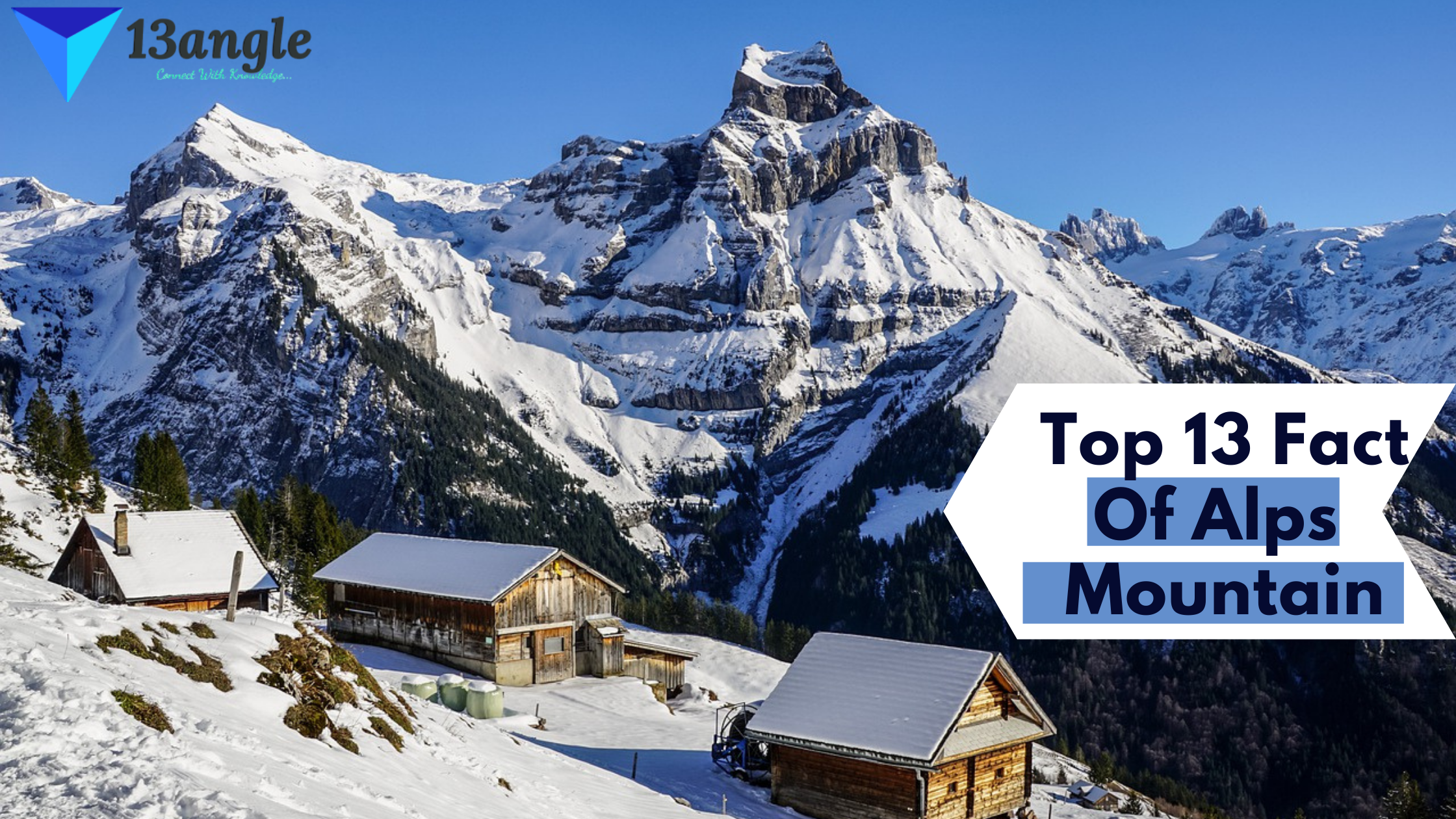
- The River Ganges described as Ganga, is a symbol of belief, expectation, civilization, and sanity, as well as a source of livelihood for millions since time ancient. It is the center of social and religious tradition on the Indian sub-continent and particularly holy in Hinduism. The very special faith and respect for the River Ganges in India are as old as Indian culture itself. These are extensively reflected in such ancient Indian scriptures as the Vedas, Puranas, Mahabharata, Ramayana, and several others. In fact, respect for Ganga is a part of Indian identity and a great symbol of Indian culture.
Origin Of Ganga :-
- The Ganga is the river of Asia that rises in the western Himalayas and flows through Indian Bangladesh. When it enters West Bengal, divides into the Padma and the Hooghly. The Padma River goes through Bangladesh and finally into the Bay of Bengal. The Hooghly River goes through various districts of West Bengal and finally flows into the Bay of Bengal. Ganga is considered as amid part of Indian custom, life, and civilization. It is conjoined in the fourth largest rivers of India. These four rivers are the Indus, Brahmaputra, Ganga, and Godavari. River Ganga is the world’s third-largest river on the basis of the liberation of water and considered the most pavitra. The Bhagirathi River is a Himalayan River that flows in Uttarakhand state. It is one of the two headstreams of the holy Ganga River.

- Its length is 2525 km and has a basin of 6,921 sq km. It is believed that the Bhagirathi River is the source stream of the Ganga River. It originates from Gaumukh, which is located at the base of the Gangotri and Khatilang glaciers in Uttarakhand. Gaumukh is about 18 km from the town of Gangotri and is regarded as the birthplace of Ganga on earth. At Gangotri, there is a Ganga temple which is famous as Chota Char Dham temple in Garwhal.
Tributaries :-
- A tributary is a stream or river which flows into a sea or ocean. Tributaries and the main stem river drain the surrounding drainage basin of its surface water and groundwater, leading the water out into the ocean.
- Ganga has two banks of tributaries , the first right bank tributaries, and the second left bank tributaries.
=> The major left tributaries of the Ganga river are:
1. Gomti River- Flows through UP only. It is the only tributary of the Ganga river which rises from the plains. The Source of origin is Gomat Tal/Fuljhar Jheel/Phulahar lake in the Pilibhit district of UP.
2. Ghaghara River- (The largest tributary of Ganga by volume): Flows through Tibet, Nepal & UP. Kali / Mahakali / Sharda river (it also forms the international border between Uttarakhand and Nepal) meets Karnali river in UP to form the Ghaghara river. Rapti is a significant tributary of Ghaghara. Ghaghara in the lower parts is known as the Sarayu river.
3. Gandaki River- Flows through Tibet, Nepal & Bihar.
4. Kosi River- Flows through Tibet, Nepal & Bihar. It is also called the Sorrow of Bihar as it changes its path very frequently.
=> The major right tributaries of the Ganga river are:
1. Yamuna river- The longest tributary of Ganga): flows through Uttarakhand, Himachal Pradesh, Haryana, Delhi & UP. It is called Kalindi in ancient scriptures.
2. Son river- Flows through MP, UP, Jharkhand & Bihar. It originates near Amarkantak in MP.
3. Punpun River- Flows through Jharkhand & Bihar.
4. Damodar River- A tributary of the Hugli river which in turn is a distributary of the Ganga river) also flows through Jharkhand & West Bengal.
- Ganga flows through 5 states of India: Uttarakhand, UP, Bihar, Jharkhand (only a small portion) & West Bengal. Ganga enters Bangladesh at Farakka in West Bengal. Ganga is known as the Padma in Bangladesh. When the Padma meets Jamuna, it is still called the Padma. But, when the Padma meets Meghna, it becomes the Meghna river and drains into the Bay of Bengal to form the world’s largest delta (in terms of area and not discharge). Ganga was declared the National River of India in 2008. It has a length of 2525 km (it varies in different sources but the figure of 2525 is the most accepted one).
Geology Of Ganga River :-
- The Indian subcontinent lies over the Indian tectonic plate, a minor plate within the Indo-Australian Plate. Its defining geological processes occurred seventy-five million years ago, when, as a part of the southern supercontinent Gondwana, it started a northeastward flow—lasting fifty million years—across the then formless Indian Ocean. The subcontinent’s subsequent collision with the Eurasian Plate and subduction under it. Gave rise to the Himalayas, the planet’s highest mountains. In the former seabed right away south of the emerging Himalayas, plate movement created a vast through, which having gradually been filled with sediment borne by the Indus and its tributaries and the Ganges and its tributaries, now forms the Indo-Gangetic Plain. The Indo-Gangetic Plain is geologically known as a foredeep or foreland basin.
Religious, Cultural And Economic Views Of Ganga River
1. RELIGIOUS:-
- Indians have been worshiping rivers, mountains, trees, animals for the last 5000 years and due to its cultural, mythological, and economic significance, it was one of the strongest candidates for being considered as sacred. Also, Ganga is not the only river to be sacred in India, rivers like Kaveri, Godavari are also considered sacred for similar reasons. Ganga is seen as a mother to humanity. Pilgrims immerse the ashes of their kin in the river Ganga, which is considered by them to bring the Souls (purified spirits) closer to moksha, the liberation from the cycle of life and death.

2. CULTURAL:-
- Civilizations developed around the rivers. Ancient Indian civilization was inhabited around Ganga and its tributaries. Also, Ganga is one of the sacred rivers where the Largest religious gathering and perhaps largest gathering in the world is organized which is known as KUMBH MELA. This tradition is a continuation for more than 2000 years and devotees from every corner of the Indian subcontinent ( as far as from 2000 km distant place) used to gather from Kumbh Mela. Many Holy cities and shrines are located on the banks of Ganga such as Kashi, Prayag, Haridwar, Baba Vishwanath temple, etc.
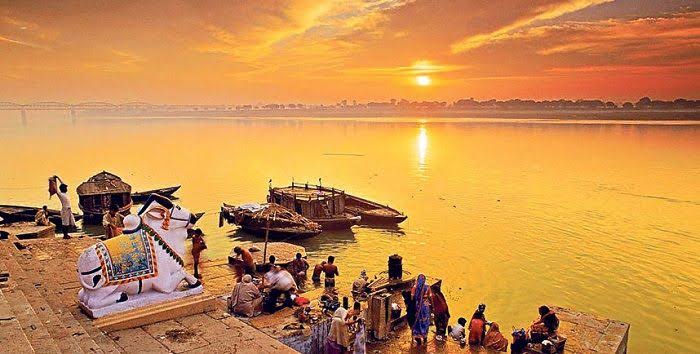
3. ECONOMIC:-
- Being a perennial river, The Ganga serves as a source of irrigation for the agricultural lands on its banks, and the major food crops of India such as paddy and wheat are cultivated in the Gangetic region. It has got a lot of fertile soil. It also serves as the prime source of water for the different industries located in the Northeast of India. Fishing is also carried out across the length of the Ganga and it has a very rich population of fish.
Pollution In Ganga River :-
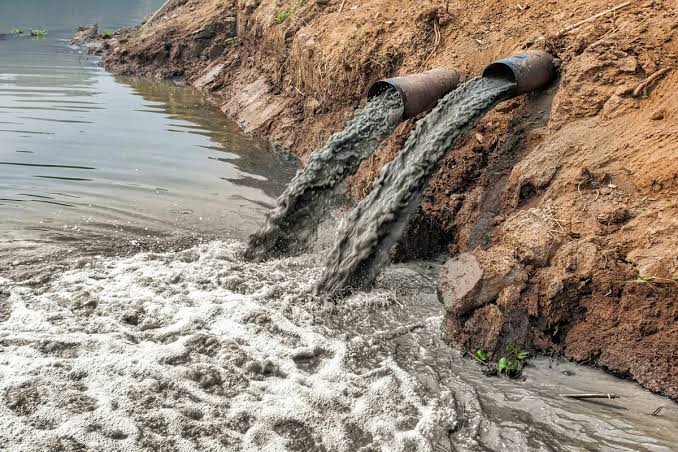
Ganga River — a lifeline to a billion who live along its course and depend on it for their daily needs. It is worshipped as the goddess Ganga in Hinduism and has been important historically, with many former provincial or imperial capitals located on its banks.
The Ganges begins in the Himalayas as a crystal clear river high in the mountains, but pollution and excessive usage transform it into toxic sludge on its journey through cities and industrial hubs.
- As the rivers flow into more populated areas, it gets filled with runoff and sediment from the surrounding cities. Here, the river takes on a muddy hue in Kanpur, in India’s northernmost Uttar Pradesh stateUntreated sewage flows directly from drain pipes into the river. Further down the river, in Kanpur, layers of foam form among the sewage in the river. Though polluted, people use the river for bathing, cooking, and washing. A boy bathes among sewage foam in Uttar Pradesh. Beyond sewage, piles of garbage are dumped directly into the river, especially in urban areas where authorities do not regularly collect trash. Multiple industries line the banks of the Ganges, drawing on the river’s water to power factories, transport goods, and dump waste. In Kanpur, leather tanneries line the banks of the river, dumping industrial waste directly into the river. Dyed leather — which uses harsh chemicals — is seen here drying near the banks of the river in Kanpur. Further South, in Kolkata, brick kilns use the clay and sediment from the river. The kilns pump noxious fumes into the air, which further exacerbates the water quality issues. Here, workers repair a boat in Kolkata. The Ganges is holy to over a billion Hindus. Statues, like this one of the goddesses Kali, are doused in the river’s water. In a telling scene, a damaged idol of the Hindu goddess Kali is seen lying in the river. The river’s water is considered holy by devout Hindus. Here, a man pours holy water on the polluted banks of the river Ganges beside the idols of Hindu gods and goddesses that were immersed during the Durga Puja — a holy festival — in Kolkata. Devout Hindus immerse the bodies of the recently deceased in the holy river water prior to cremation in Varanasi, the spiritual capital of India. Right near the area where the burial rites are performed, Varanasi locals use the Ganges river for bathing and cooking. Some people sleep on the banks of the river, too. Pilgrims swim in the river to purify themselves, even with trash strewn about the beach. Here, a man takes a dip where the river pours out into the Bay of Bengal. Despite local citizens’ best efforts, the river remains heavily polluted. Though the Ganga Mata can be filthy — there are still moments of sublime beauty on the holy waterway. Here, a ferry passes through Kolkata at dusk. These are the ways the Ganges gets polluted.

In 2007 Ganga was ranked as the fifth most polluted river. Pollution threatens not only humans but also more than 140 fish species, 90 amphibian species, and the endangered Ganges river dolphin. More than half the total sewage discharged into the Ganga every day comes from six big cities with Kolkata, Kanpur, and Varanasi leading the pack. They are three of the total 118 towns/cities that fall in the vast basin of the country’s national river. The other three cities which figure at the top are Patna, Allahabad, and Moradabad.
Underlining the ‘gap’ between sewage generation and treatment capacity, the water resources, and Ganga rejuvenation ministry has already asked all five states – Uttarakhand, Uttar Pradesh, Bihar, Jharkhand, and West Bengal – to submit their detailed project reports to enhance treatment capacities of these towns/cities.
Sharing city-specific details including the amount of sewage generated in the six cities, the government on Monday informed the Rajya Sabha that the National Mission for Clean Ganga (NMCG) has received expressions of interest from a number of foreign governments (UK, Germany, Australia, Canada, Singapore, the Netherlands) as well to support Ganga rejuvenation through knowledge and technology sharing and providing financial assistance.
How Ganga Is Beneficial To Us :-
The river has always been the cradle of civilization since time immemorial. We know, the Indus valley civilization grew alongside the river Indus.
Mesopotamia on the banks of the River Tigris. Egypt on the banks of the river Nile. Even big cities are now developed earlier on the river banks, like Paris on Sienne, Guwahati on the Brahmaputra, or Delhi on Yamuna. All these cities and many more are developed near rivers. It’s a widely revered river in Hinduism. Considered the holiest among the rivers. It has many pilgrimage sites near it, namely Allahabad, Gaya, Gangotri, Hrishikesh, Haridwar, Kolkata. It is very important from the point of view of agriculture because since it is a perennial river, its water is used throughout the year for irrigation via canals or by creating dams on it. Dams can be used for creating hydro energy or for flood control. And the Ganga, since it has a length of around 2525 km in India. It has a huge drainage area, which when replenished by newer alluvial deposits (khadar) is very good for farming.

You know it when you realize that India’s rice and wheat production mainly happens in and around the Great Northern and Eastern plains which the Ganges and its tributaries drain.
Ganga is also being used for inland water navigation.
National waterway number 1 running from Allahabad to Hoogly is a popular waterway.
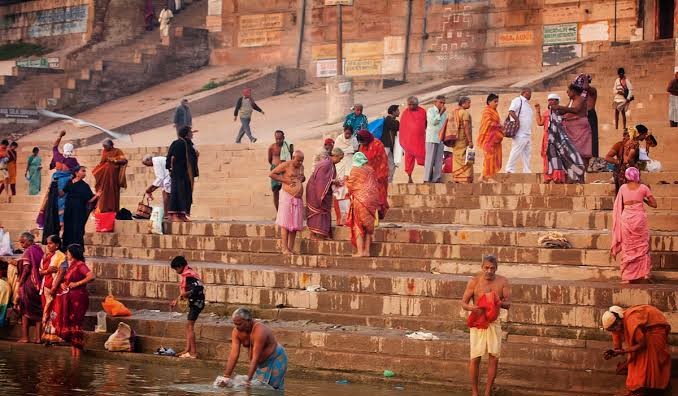
And since Ganga is a holy river, lots of places of worship have developed on her banks, which is helping earn a great deal of money from pilgrims and tourists alike.
In my opinion, any river is useful because water is life, and we need more rivers like the Ganges because in the near future we will face acute water scarcity. That is why we need to protect our rivers from over-draining and pollution.
Projects On Ganga River
1. River Valley Project :-
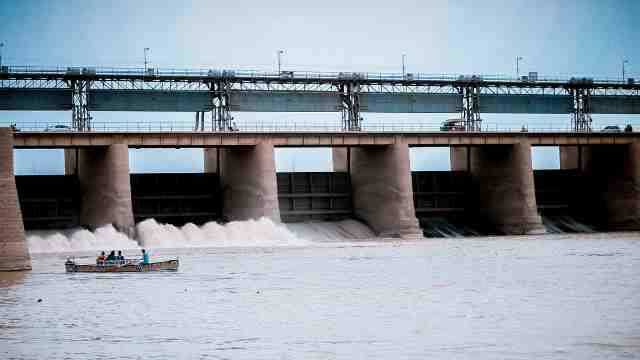
River valley projects in India were started with the basic aim of meeting the critical requirements of irrigation for agriculture, electricity for industries, and flood control.
The importance of the dams at that time can be inferred from the fact that dams were regarded as “the temples of modern India” by J.L Nehru. Dam construction was given such a high priority in India’s economic plans. Tehri Project, Ramganga Project, Tanakpur Project, Gandak Project, Kosi Project, Rihand Project, Bansagar, Matatila Project, Chambal Project, Damodar Valley, and Mayurakshi Project are the important river valley project link with Ganga River Basin
=> Some of the projects are briefly explained:-
2. Tehri Project: It has been constructed at Tehri at the confluence of the rivers Bhilangana and Bhagirathi.
3. Ramganga Project: It is constructed on the river Ramganga, a tributary of Ganga.
4. Tanakpur Project: It has been executed at Tanakpur (Uttarakhand) on the river Kali that flows on the Indo-Nepal border.
5. Gandak Project: It is a joint project of Bihar, Uttar Pradesh, and Nepal. Hydroelectricity is produced at Suratpura (Nepal) on the river Gandak. The dam has been built at Bhaisalotan (Valmikinagar) in Bihar.
6. Kosi Project: It is a joint project of Bihar and Nepal. The main objectives of this project are flood control, hydroelectricity production, and irrigation. Kataiya in Nepal produced hydroelectricity. The main canal in Bihar has been drawn out from the Hanuman Nagar Barrage.
7. Chambal Project: It is a joint undertaking by the Rajasthan and Madhya Pradesh governments. The Rana Pratap Dam at Bhata, 48 km from Kotah, was unveiled on Feb 9, 1970. The project includes the construction of two other dams: Gandhi Sagar Dam in Madhya Pradesh and Jawahar Sagar (Kotah) Dam in Rajasthan.
8. Damodar Valley: Principal object of this multipurpose scheme is to control the flow of the Damodar which is notorious for its vagaries and destructiveness.
Initiatives Taken By Government To Cleaning Ganga
Namami Gange Programme :-

Prime Minister Narendra Modi realising the need for action at the earliest to rescue a river that has nurtured us through time immemorial affirmed to work on cleaning the river and controlling pollution and announced the Namami Ganga project in the July 2014 budget.
The ‘Namami Gange Programme’, is an Integrated Conservation Mission. It was approved by the Union Government in June 2014, as a ‘Flagship Programme’ with a budget outlay of Rs.20,000 crore.
The aim of the project is to clean the Ganga and its tributaries in a comprehensive manner.
The objectives of the program included effective abatement of pollution, conservation, and rejuvenation of the National River Ganga by adopting the following steps:
- Sewerage Treatment Infrastructure

- River-Front Development
- River-Surface Cleaning
- Bio-Diversity
- Afforestation
- Public Awareness
- Industrial Effluent Monitoring
- Ganga Gram
Details Of The Approved Projects:-
Bihar has got three major sewage infrastructure projects in Barh, Kankarbagh, and Digha. The estimated cost of this project is Rs 1,461 crore, which would create additional sewage treatment capacity in Kankarbagh and Barh.
Three projects have been approved in West Bengal including two pertaining to sewage infrastructure and the third for riverfront development. The estimated cost for the said project is Rs 495.47 crore.
In Uttar Pradesh, a sewage infrastructure project has been approved at an estimated cost of 27.98 crore INR in Chunar in the Mirzapur district.
Top 13 Interesting Facts Of Ganga River
River Ganga is the fifth most polluted river in the world.
Compared to any other river, the river Ganga has more than 25% oxygen level.
The name of the river Ganga appears only twice in the Rig Veda, and it was only later that Ganga assumed great importance as a goddess.
According to special research at Delhi’s Research Centre, it has found that mosquitoes cannot be born in Ganga water.
Ganga and Brahmaputra are the largest river delta in the world, spread over an area of 59,000 sq. Km.
The Ganges which flow from the mythical hair locks of Lord Shiva is self-cleaning due to the action of bacteriophages, silver/ Himalayan salt colloids, and hyperoxygenation—and it is the only river on the planet that has this ability.
It is scientifically proven that if we put some Gangajal in a water bottle and open it after some 50 years it will be as it is. As there will be no microorganisms developed in it.
According to the University of Roorkee, a student of an environmental engineer studied and found that Ganga is the only river in the world that decomposes organic wastes at a rate 15 to 25 times faster compared to other rivers in the entire world.
As per British Physician, C.E. Nelson, he observed that the Ganga water taken from the Hooghly river (one of its dirtiest mouths) by returning ships to England remained fresh throughout the voyage.
Dolphins and sharks of the river are endangered due to massive pollution. The Ganges river dolphin can only live in freshwater and is essentially blind. They hunt by emitting ultrasonic sounds, which bounce off of fish and other prey, enabling them to “see” an image in their mind. They are frequently found alone or in small groups, and generally a mother and calf travel together.
The mouth of River Ganga forms the world’s largest delta, known as Sunderbans, and was declared a World Heritage Site by UNESCO in 1997. It covers more than 105,000 square kilometers (41,000 square miles).
Glorifying the Ganges, the scriptures say – Ganga Gangeti Yo Brayat, Yojanam Shatarpi. Muchyate sarvapapebhyo, Vishnuloka sa: gachati. That is, one who remembers the Ganges even from a distance, all his sins are destroyed. The origin of the Ganges extends to the present Gangotri temple several hundred years ago. Which has slipped 17 km today.
Columbus, who discovered America, lost his way while wandering in search of the Ganges.





